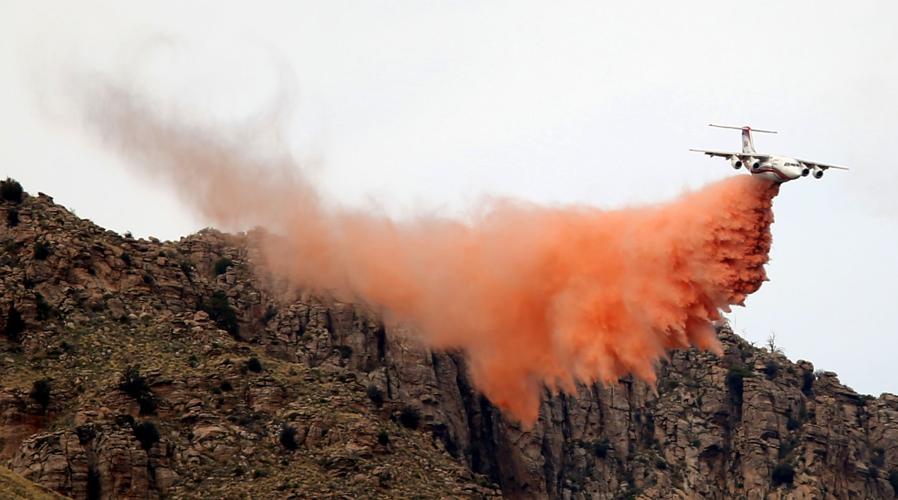PHOENIX — The winter and spring storms that will help protect the pine forests from devastating fires this year could create havoc in the lower-elevation grasslands, particularly in Southern Arizona.
That’s the assessment of Arizona State Forester Jeff Whitney, who said Tuesday this year’s fire season should be nowhere near as dangerous as last year when the Cedar Fire near Show Low had the potential of getting out of control and destroying hundreds of thousands of acres.
“This year conditions are quite a bit different,” he said. “We were blessed with a lot of precipitation and moisture and snowfall up on the higher elevations, the Mogollon Rim.”
Whitney acknowledged there were weeks of hot weather, but said the state caught a break when those high temperatures were broken by some spring showers and even snow in the mountains. The bottom line, he said, will be a “normal” fire season in the forests, typical of what was going on in Arizona two and three decades ago.
But there’s another side to all of this moisture.
“We’ve got an excess of fine fuels in the mid- to low-elevation areas of the state,” Whitney said.
“We’ve got a standing crop of grass across Southern Arizona,” he said, with “some inordinately large fires” for this time of year. “And we anticipate and expect it’s going to be an extremely busy fire season from the mid-elevations in the chaparral down into the Sonoran Desert grasslands in Southern Arizona.”
Whitney said the fires this year on Mount Lemmon, northeast of Tucson, one near the base and the other nearer the 9,159-foot peak, do not disturb his predictions about the fire season for higher elevations.
“Even though we say it’s going to be a normal year does not mean we’re not going to have any fires,” he explained. “It just means that it’s not going to be of increased concerns similar to the kinds of events that we’ve experienced during the Rodeo-Chedeski and Wallow Fires.”
The former, in the White Mountains of east-central Arizona, burned through more than 460,000 acres over three weeks in 2002; the latter, in eastern Arizona and western New Mexico, consumed nearly 540,000 acres in 2011.
The bottom line, Whitney stressed, is expecting the unexpected.
“Complacency is probably the worst thing you can bring to a fire,” he said. “You should always expect the worst because it will probably surprise you.”
Gov. Doug Ducey also delivered some remarks at the annual briefing, reminding people to be careful and make sure that campfires are thoroughly doused to the point where a person can stir the ashes by hand.




